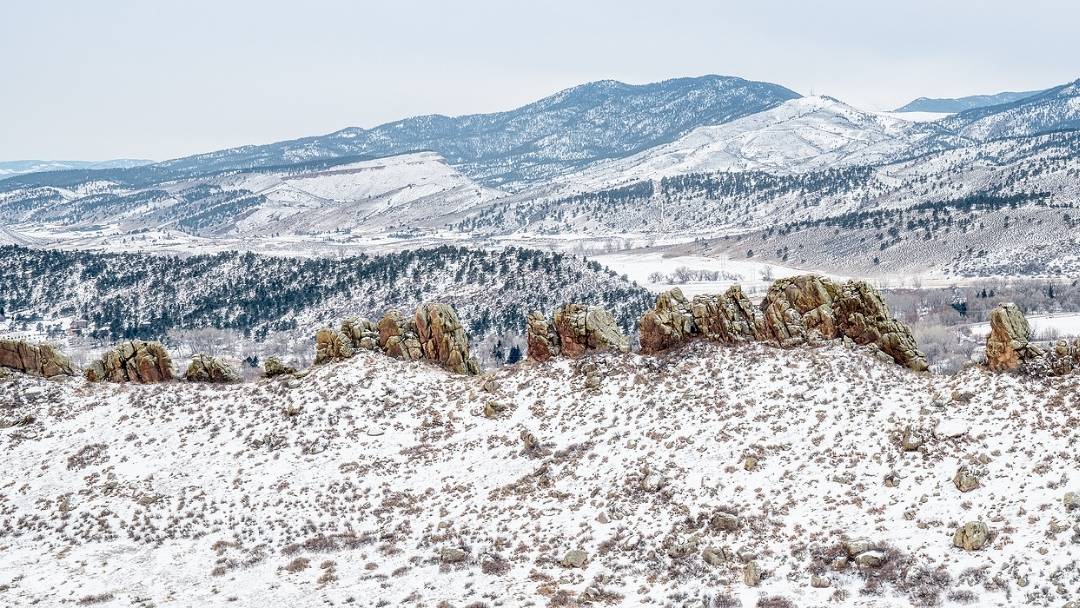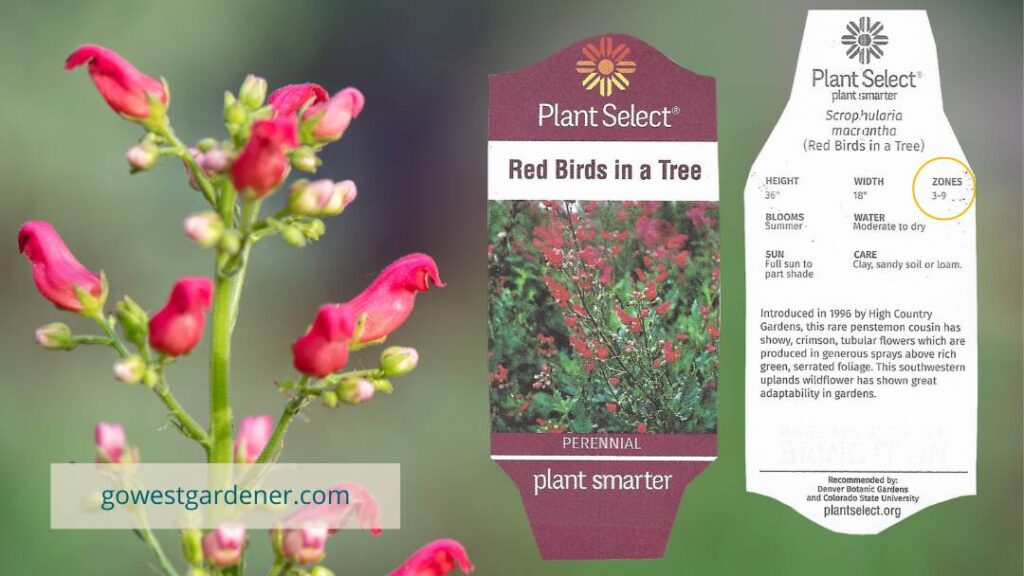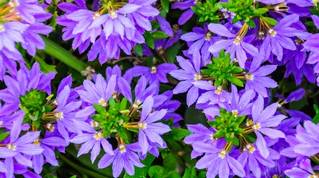It was a winter week to make a gardener shudder.
In February 2021, an arctic blast covered the western United States like a frosty ice pack from the kitchen freezer. Where I live in Colorado, the high temperature for several days was a not-so-balmy zero degrees. The nightly lows danced between -15 and -20 degrees below zero.
(It may have gotten even colder where you live!)
In the spring, many of my “marginally hardy” perennials did not come back.
Ugh.
Marginally hardy perennials are your “iffy” plants.
They could come back after winter. They should come back if your winter is mild. But if you get tough winter conditions or extreme colds, they’ll die.
So, if you want to know, “How can you tell if a perennial is marginally hardy?”, read on.
You’ll find a helpful way to tell if a perennial is marginally cold hardy.
Use this tip to choose plants that are more likely to handle our western weather and return to your garden!
First, a disclaimer…
(Don’t you love when people lead with disclaimers?)
There are MANY factors that can affect whether perennials will survive winter and return to your western garden in the spring — things like moisture, drought, wind, root health, micro-climates in your landscape, etc.
But to keep this simple…
We’re going to focus on winter temperatures.
Every plant has a threshold for how cold it can get over the winter and still survive.
If it gets too cold, it will die.
Your marginally hardy perennials won’t come back if it gets too cold for them over the winter.
And this is where plant hardiness zones come into play!
If you’re new to plant hardiness zones, don’t worry. I’ve included a brief explanation below. Or, you can learn about zones here, including how to find your garden’s zone.
Here’s a quick way to think about it.
When you buy plants, you’ll see zone numbers on their plant tags.
These numbers are a guide to how cold (or warm) it can get in the winter without killing the plant.
Zone numbers are kind of like a thermometer:
- Plants with lower zone numbers can survive colder winters.
- Plants with higher zone numbers can survive warmer winters.
The flower pictured above, Red Birds in a Tree, can survive very cold winter temperatures (in chilly zone 3), up through warm winter temperatures (in balmy zone 9).
Let’s say you live in plant hardiness zone 5 — like much of the Front Range of Colorado.
You find a flower plant you want to buy.
The plant tag says it grows in zones 5-9. (Remember, lower zone numbers mean the plant can handle colder winters.)
You live in zone 5, and the lowest zone that’s suggested for this plant is zone 5.
This perennial is marginally cold hardy where you live.
It’s right on the edge of being able to survive the coldest winter temperatures that are expected in your area.
If you get a winter with extreme lows, this plant may not make it, especially if it’s newly planted.
You may be more successful growing this perennial if you wait until the spring to plant it. That way, it has the entire summer to get established in your garden.
The same is true if you find a plant that grows well in zones 6-9.
Again, we’re looking at that first number.
This plant doesn’t like winters as cold as the ones that are possible in your area.
This plant is only marginally hardy where you live. If temperatures get too cold over winter, it won’t come back.
Still with me?
Let’s continue our example and talk about:
How to identify hardy perennials (aka, “cold hardy perennials”)
Again, let’s say your garden is in plant hardiness zone 5.
You find a flower plant that grows well in zones 4-8 or zones 3-9, like Red Birds in a Tree below.
This plant is a cold hardy perennial where you live.
It can survive colder winter temperatures than you normally get.
Related tips that may interest you:
- An intro to plant hardiness zones – and how to find your garden’s zone
- Flowers that can struggle when planted in the fall (in Colorado, Wyoming and similar western states)
- “What plant hardiness zone is Colorado?”















